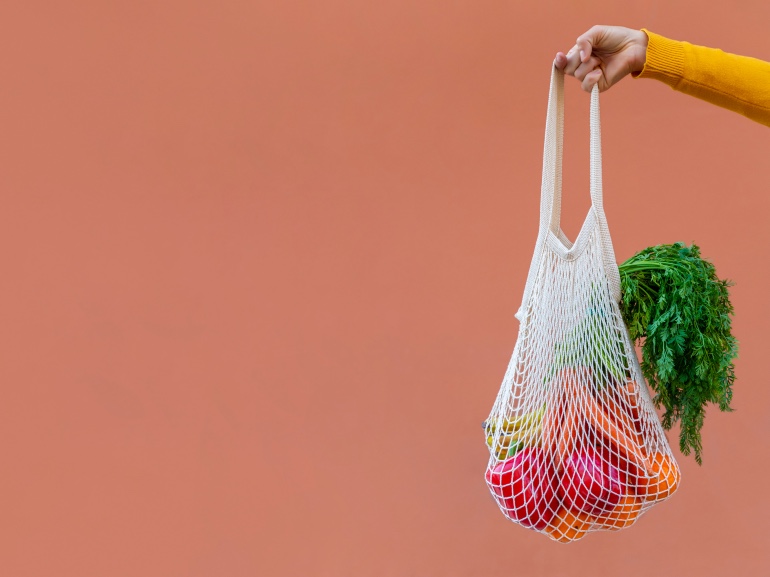
There is a new trend gaining popularity among health and fitness enthusiasts: the vertical diet.
This dietary approach, originally developed for professional athletes by bodybuilder Stan Efferding, is capturing international attention.
But is this just another diet that promises miracles, or is it a way to eat healthier and lose weight?
Below, we explain what the vertical diet is, what foods are (or aren’t) allowed, and all its benefits.
Everything You Need to Know About the Vertical Diet
How the Vertical Diet Works
Unlike conventional “horizontal” diets, the vertical diet focuses on a narrower range of high-nutrient, high-quality foods.
One of the main goals of this diet is to correct hormonal imbalances and nutritional deficiencies, as well as to improve gut health, increase energy levels, and enhance muscle recovery.
This approach is based on the theory that limiting food variety enhances the efficiency of the digestive process, leading to better nutrient absorption.
Efferding, the creator of the diet, argues that reducing food variety makes the body more efficient at absorbing nutrients, thereby helping to build muscle mass, maintain gut health, and optimize metabolism.
Allowed Foods
Red meat and white rice are the primary foods in the vertical diet.
According to proponents of this diet, white rice is the main source of carbohydrates. Given that it is easy to digest, especially in large quantities. This is particularly important for professional athletes who have high caloric needs.
The diet places significant importance on protein intake, which is crucial for preventing muscle loss. Red meat is preferred for its richness in iron, B vitamins, zinc, and cholesterol, which are believed to be important for muscle growth and testosterone production.
However, since it’s not possible to meet all micronutrient needs with just these two foods, this diet also includes a limited amount of nutrient-dense and easily digestible foods, such as eggs, yogurt, spinach, and salmon.
Foods that are not easily digestible are discouraged.
These include vegetables that can cause bloating and gas, like broccoli and cauliflower. Legumes, brown rice, and other grains are also limited because they contain lectins and phytic acid, which can interfere with nutrient absorption.

Risks of the Vertical Diet
Originally developed for high-level athletes, this methodology has also attracted those looking to improve their overall well-being and achieve fitness goals.
By focusing on easily digestible foods, the vertical diet simplifies consuming frequent, high-calorie meals without experiencing digestive side effects. This dietary approach significantly reduces digestive symptoms such as bloating, stomach cramps, constipation, and diarrhea in individuals with irritable bowel syndrome.
This weight loss strategy not only promotes gut health but also muscle growth and recovery, helping the body maintain an efficient metabolism.
On the downside, despite its growing popularity, it is important to carefully consider some aspects of the vertical diet.
First, its low fiber content should be noted. Fiber is essential for promoting satiety, maintaining heart and gut health. It may also even reduce the risk of chronic diseases like type 2 diabetes and cancer.
The diet is also highly restrictive regarding plant-based foods. However, it is known that consuming this is associated with a lower risk of death and a reduced chronic diseases. Therefore, five servings of fruits and vegetables per day are recommended.
Finally, it is proven that animal proteins, especially those from red meat, can be harmful to various aspects of health. Thus, this sturucture should only be followed for extremely limited periods.
The Color Diet: How Does it Work?
Unlock the Ideal Weight Loss Activity That Boosts Your Mood
This article first appeared on Grazia.it















